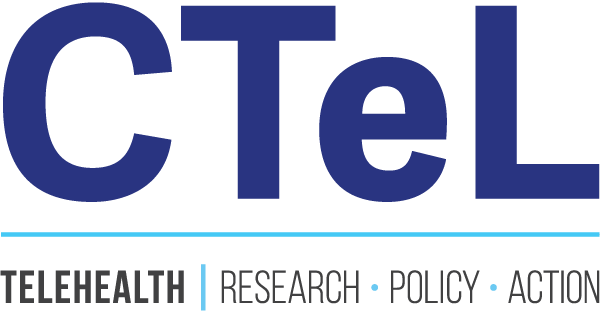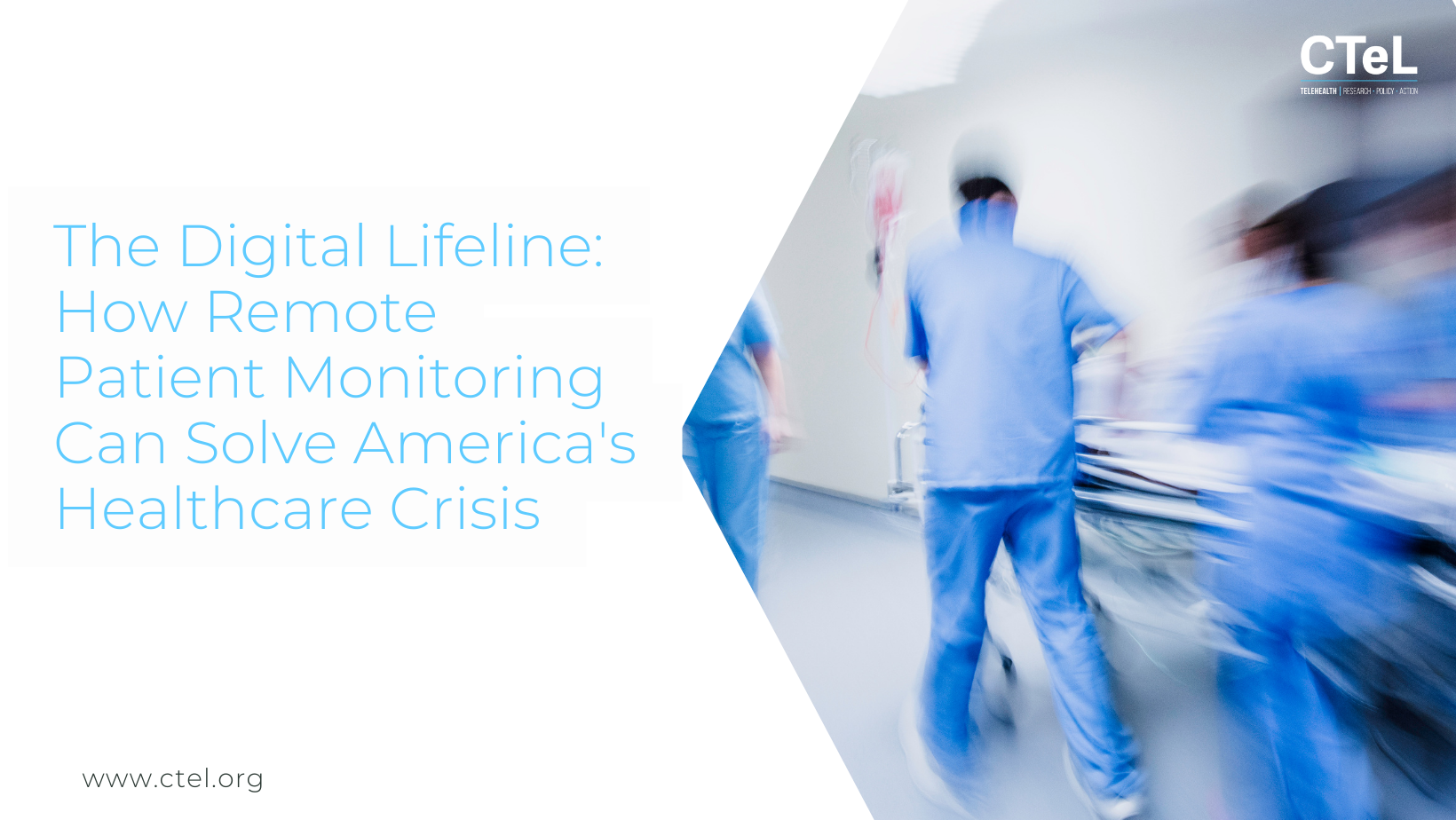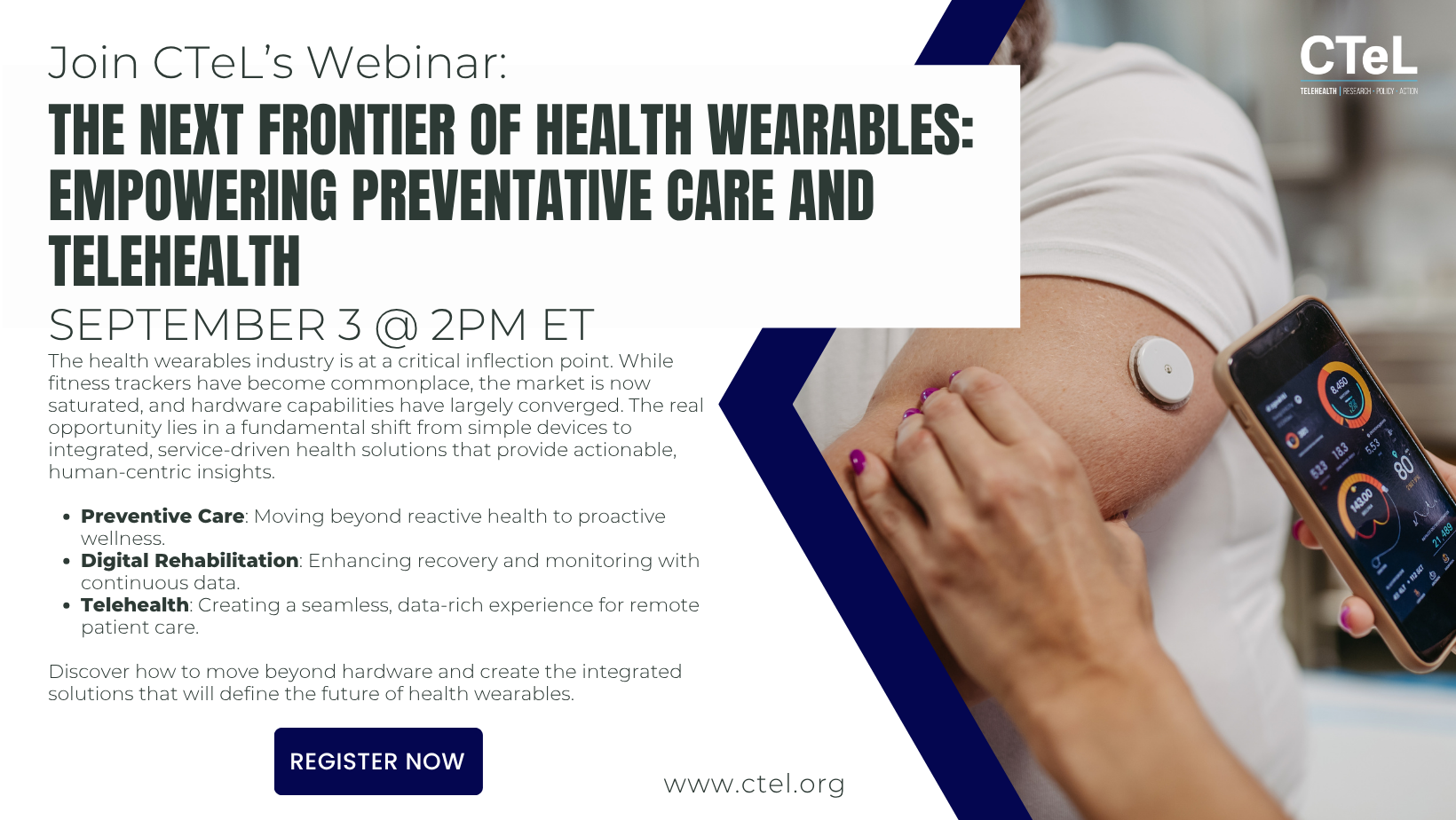The Digital Lifeline: How Remote Patient Monitoring Can Solve America's Healthcare Crisis
The U.S. healthcare system is grappling with a perfect storm: a national shortage of physicians and nurses, the overwhelming financial burden of chronic diseases, and a strained emergency department (ED) infrastructure. These challenges converge to create a system that is often inaccessible, inefficient, and on the verge of burnout. However, a powerful, evidence-based solution is already making an impact: Remote Patient Monitoring (RPM). This technology offers a profound ability to transform healthcare delivery, alleviate burdens on the system, and expand access to life-saving care for millions.
The Epidemic of Avoidable ED Visits
Emergency departments are designed for critical, life-threatening events. Yet, an alarming number of visits—up to one-third of all ED visits—are for conditions that could be treated in an outpatient setting (Agency for Healthcare Research and Quality, 2021). These avoidable visits, driven by a lack of access to primary care or confusion about symptoms, cost the nation an estimated $4.4 billion annually and contribute to long wait times and overcrowding (Health Care Cost Institute, 2017).
A groundbreaking virtual program at Ochsner Health demonstrates RPM's potential to reverse this trend. The program, which utilizes a virtual emergency department service, successfully rerouted non-emergent cases, preventing 70% of patients from ever stepping foot in a physical ED (American Medical Association, 2024). This success is built on a proactive model where real-time patient data and a swift clinical response allow for early intervention. For example, a patient with a spike in blood pressure can be contacted immediately, averting a hypertensive crisis that would have otherwise led to an emergency visit.
“The program, which utilizes a virtual emergency department service, successfully rerouted non-emergent cases, preventing 70% of patients from ever stepping foot in a physical ED (American Medical Association, 2024). ”
A Powerful Antidote to the Clinician Shortage
The national healthcare workforce is in a state of crisis. The Association of American Medical Colleges (AAMC) projects a shortage of up to 48,000 primary care physicians by 2034 (AAMC, 2021). Compounding this is a nursing shortage, with over 100,000 nurses leaving the profession in 2021, a number that continues to grow (National Council of State Boards of Nursing, 2023). This deficit is a leading cause of rural hospital closures, forcing entire communities to travel hours for care and pushing remaining staff to the brink of burnout.
RPM offers a critical lifeline. By providing continuous data, it empowers clinicians to shift from reactive care to proactive population health management. One nurse or physician can effectively monitor dozens of patients simultaneously, freeing up their time for high-acuity cases and in-person visits that truly require their expertise (Health Recovery Solutions, 2024). This not only improves efficiency but also helps mitigate the stress and fatigue that lead to burnout. A study of a large-scale RPM program found that it enabled healthcare systems to save thousands of nursing hours per month by reducing unnecessary administrative tasks and phone calls (Statista, 2023).
Expanding Access and Improving Outcomes
For millions of Americans living in healthcare "deserts," particularly in rural or low-income areas, access to regular primary and specialty care is a significant challenge (Rural Health Information Hub, 2022). This lack of access leads to poor management of chronic conditions, higher rates of hospitalization, and worse health outcomes.
RPM is a powerful equalizer. It provides a way for patients to receive high-quality, continuous care without the barriers of transportation, cost, or time off work. This is especially impactful for managing conditions like heart failure, chronic obstructive pulmonary disease (COPD), and diabetes. Research published in the Journal of Medical Internet Research found that RPM can lead to a 40% reduction in hospital readmissions for heart failure patients, a key metric for improving quality of care and patient well-being (Khatib et al., 2022). By connecting patients with clinicians, RPM turns every home into a point of care, providing a continuous, holistic view of a patient’s health and enabling personalized, preventative interventions.
“Research published in the Journal of Medical Internet Research found that RPM can lead to a 40% reduction in hospital readmissions for heart failure patients, a key metric for improving quality of care and patient well-being (Khatib et al., 2022). ”
The Path Forward: A Call to Action for Policymakers
To fully harness the potential of digital health and RPM, policymakers must act decisively to build a supportive regulatory and reimbursement environment.
Enact Permanent Telehealth Policies: The COVID-19 pandemic demonstrated the vital role of telehealth. Policymakers should permanently lift geographic restrictions and make the temporary telehealth flexibilities permanent to ensure continued patient access.
Ensure Equitable Reimbursement: Create fair and consistent reimbursement policies for RPM services across all public and private payers. This is crucial for incentivizing providers to invest in and adopt these technologies.
Support a National Licensure Framework: By joining the Interstate Medical Licensure Compact, states can allow physicians to practice across state lines, a measure that is essential for expanding virtual care access and addressing provider shortages, especially in rural areas.
By creating a stable policy landscape, we can establish confidence in digital health and lay the foundation for a more resilient, accessible, and patient-centered healthcare system for generations to come.
References
Agency for Healthcare Research and Quality. (2021). Overview of U.S. Emergency Department Visits, 2019. Retrieved from https://www.hcup-us.ahrq.gov/reports/statbriefs/sb284-Emergency-Department-Visits-2019.jsp
American Medical Association. (2024). Virtual program at Ochsner Health: 70% of patients skip the ED. Retrieved from https://www.ama-assn.org/practice-management/digital-health/virtual-program-ochsner-health-70-patients-skip-ed
AAMC. (2021). The Complexities of Physician Supply and Demand: Projections From 2019 to 2034. Retrieved from https://www.aamc.org/data-reports/workforce/data/complexities-physician-supply-and-demand-projections-2019-2034
Health Care Cost Institute. (2017). Emergency Department Overutilization and High Costs. Retrieved from https://www.healthcostinstitute.org/images/pdfs/HCCI-ER-Overutilization-Brief-FINAL.pdf
Health Recovery Solutions. (2024). The Top 13 Benefits of Remote Patient Monitoring. Retrieved from https://www.healthrecoverysolutions.com/blog/the-top-13-benefits-of-remote-patient-monitoring
Khatib, R., Abidi, S., & Abidi, S. S. R. (2022). A Systematic Review of Remote Patient Monitoring for Heart Failure Patients. Journal of Medical Internet Research, 24(1), e31631.
National Council of State Boards of Nursing. (2023). 2023 RN & LPN Nursing Workforce Study. Retrieved from https://www.ncsbn.org/research/workforce-study
Rural Health Information Hub. (2022). Shortage Designations. Retrieved from https://www.ruralhealthinfo.org/topics/shortage-designations
Statista. (2023). Time saved by remote patient monitoring (RPM) for nurses. Retrieved from https://www.statista.com/statistics/1335359/time-saved-by-rpm-for-nurses/


